Introduction:
Within the gene pool, gene frequencies represent the relative abundance of various alleles. Different evolutionary factors, including natural selection, genetic drift, gene flow, and mutation, can cause changes in gene frequencies throughout time. In reaction to environmental influences and evolutionary pressures, the gene pool is dynamic and liable to change over successive generations. Natural selection promotes alleles that provide benefits for reproduction and survival, increasing the frequency of those alleles in following generations.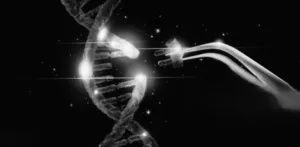
What is Gene Pool ?
knowledge the genetic diversity and evolutionary dynamics within populations of animals requires a fundamental knowledge of the gene pool concept. It is the total genetic material accessible for inheritance and evolution, made up of all the alleles found in a population.The total number of genes and alleles found in a population of organisms is known as the gene pool. It consists of allele combinations, gene frequencies, and trait variations that define the population’s genetic composition.Viewed from a population-level viewpoint, the gene pool is examined with particular attention to the genetic makeup of a group of interbreeding individuals within a species. It sheds light on genetic diversity and the possibility of evolutionary change within a population.
A variety of evolutionary processes, including mutation, recombination, genetic drift, and gene flow, cause the gene pool to alter throughout time. Populations’ genetic make-up is constantly changing as a result of these processes, which affects their capacity to adapt to shifting environmental conditions.
Variation in Genetics Within the Gene Pool:
The main cause of genetic variety is mutation, which modifies the gene pool by adding novel alleles and genetic features. Mutations can occur naturally during DNA replication or as a result of exposure to chemicals or radiation from the environment. Natural selection may lead to the frequency of advantageous mutations rising while harmful mutations may disappear from the gene pool.
Recombination:
New allelic combinations are formed in offspring by recombination, which happens during meiosis when homologous chromosomes exchange genetic material. Genetic variety is produced by this process, which rearranges already-existing alleles and generates new gene combinations. Recombination encourages adaptation to shifting environmental conditions and helps populations generate genetic variety.
Gene Flow: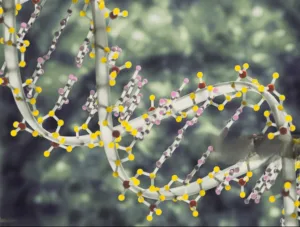
The movement of individuals between populations results in the transmission of alleles. It happens when people move and breed with people from different populations, adding new alleles to the gene pool of the recipient community. Gene flow can lessen genetic divergence between populations, boost genetic diversity within populations, and aid in population adaptation to their particular environment.
Genetic Drift:
The term “genetic drift” describes haphazard changes in allele frequencies that occur within populations as a result of chance encounters. It is particularly noticeable in small populations with little genetic diversity, and over time, random occurrences can significantly affect allele frequencies. Alleles may fix through random sampling effects or be lost from the gene pool as a result of genetic drift.
Significance of Gene Pool
The starting point for evolutionary processes is the gene pool. Over time, the gene pool changes as a result of processes like natural selection, genetic drift, mutation, and gene flow. Scientists can better examine how species change and adapt to changing environments by having a better understanding of the dynamics and makeup of the gene pool.
Adaptation:
The foundation for adapting to various environmental conditions is genetic heterogeneity within the gene pool. Advantageous qualities, which are attributed to certain genes or alleles, increase an individual’s chances of surviving and procreating, which causes a population’s beneficial features to gradually accumulate. Researchers can determine the genetic components that contribute to an organism’s capacity to flourish in a variety of environments by examining the gene pool.
Biodiversity:
The preservation of biodiversity in ecosystems depends critically on the gene pool. It includes the genetic diversity that supports ecological resilience and species richness. Populations with high genetic variety are better able to endure diseases, environmental stressors, and other forms of selection pressure. Furthermore, genetic diversity both within and across species supports the general stability and efficiency of ecosystems.Essentially, evolutionary change, adaptability, and biodiversity preservation are all based on the gene pool. Scientists can learn a great deal about the processes underlying biological variety and the interdependence of living things within ecosystems by deciphering the complexities of the gene pool.
Human impact on Gene Pool
The genetic diversity within populations can be significantly impacted by human activities including habitat loss, pollution, and overexploitation. This can result in a decrease in genetic variation and an increase in susceptibility to environmental stressors. Furthermore, these consequences can be made worse by genetic bottlenecks and inbreeding depression, which pose serious risks to the well-being and survival of entire species.
Deforestation, urbanization, and the modification of natural habitats for infrastructure or agriculture are examples of habitat loss that can split populations and isolate individuals. Reduced genetic diversity within each population and an increased likelihood of inbreeding depression result from fragmentation, which limits gene flow between subpopulations.
The genetic health of organisms can be adversely affected by pollution resulting from chemical pollutants, agricultural runoff, and industrial activity. Pollution exposure can cause mutations, interfere with DNA repair systems, and affect reproduction, which reduces genetic diversity and increases vulnerability to illnesses and genetic disorders.When natural resources are overused, such as through overfishing, overhunting, or the illegal wildlife trade, populations can become so depleted that genetic diversity is seriously jeopardized. Due to overexploitation, small populations are more susceptible to inbreeding and genetic drift, which lower genetic variation and raise the risk of genetic diseases and population decline.
Inbreeding Depression:
When members of a population mate with close relatives, harmful recessive genes are expressed more frequently and fitness-related attributes decrease. This phenomenon is known as inbreeding depression. Because of the accumulation of detrimental genetic mutations, inbred populations have lower rates of survival, higher vulnerability to disease, and diminished reproductive success. If inbreeding depression is not treated, it can lead to population decrease and extinction.
case study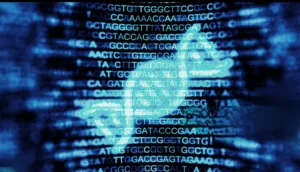
Gymnogyps californianus, the California condor:One of the most well-known instances of a genetic rescue operation that was successful is the California Condor. The population had dropped to only 22 people by the 1980s as a result of poaching, habitat degradation, and lead poisoning. All surviving wild specimens were taken for a captive breeding effort in order to prevent extinction.The captive breeding program has successfully increased the size and genetic diversity of California condors through rigorous management and genetic monitoring. With approximately 500 individuals as of late, the population has recovered and now includes both wild and captive-bred birds.
Ferret with black feet (Mustela nigripes):
Due to disease and habitat degradation, the North American native Black-footed Ferret was in danger of going extinct in the late 20th century. It was regarded as extinct in the wild by the 1980s.To breed and return ferrets into their natural habitat, a captive breeding program was formed through cooperation between governmental agencies, conservation groups, and zoos. To avoid inbreeding depression, the captive population’s genetic variety was carefully controlled.Multiple populations of Black-footed Ferrets have been established throughout their historical range thanks to continuous reintroduction efforts, which are aiding in the restoration of genetic diversity and long-term survival.
Ailuropoda melanoleuca, the giant panda:
In China, deforestation and human encroachment caused significant habitat loss and fragmentation for giant pandas. There were only a few hundred wild people left by the late 20th century.Both the population and genetic variety of giant pandas have increased as a result of conservation measures, which also include habitat preservation, captive breeding, and reintroduction initiatives. Captive breeding programs that are well-managed have lessened the chance of inbreeding depression and prevented the loss of genetic variety.The IUCN Red List has downlisted giant pandas from endangered to vulnerable due to improved conservation measures that have gradually increased the number of pandas in the wild.
conclusion:
The gene pool represents all genetic variation in a population, including allele combinations, gene frequencies, and phenotypic variants. It is influenced by mutations, recombination during reproduction, and introduction of novel alleles through gene flow from other populations.
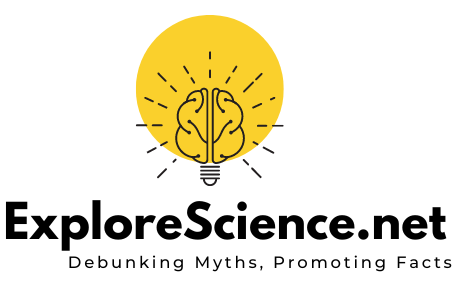
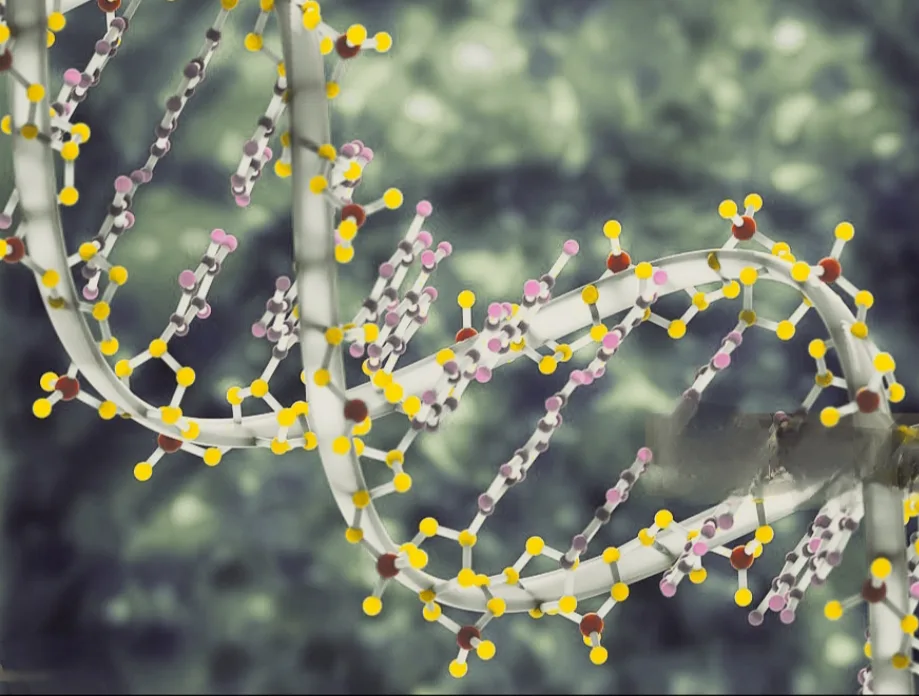
1 thought on “what is Gene pool”